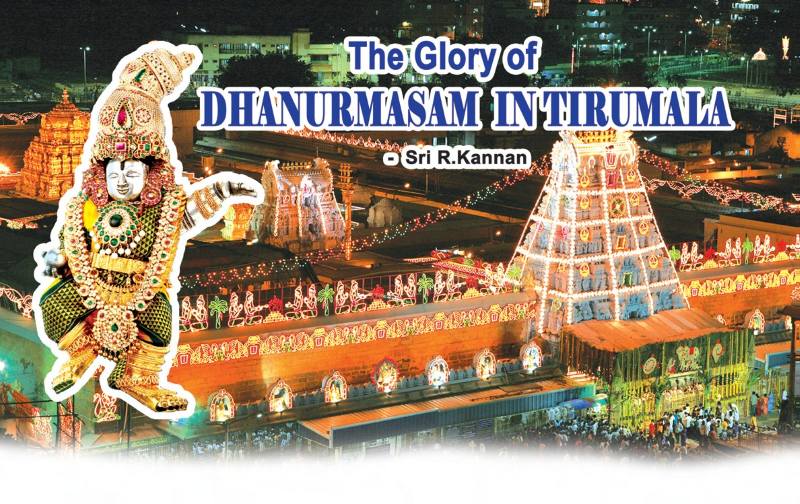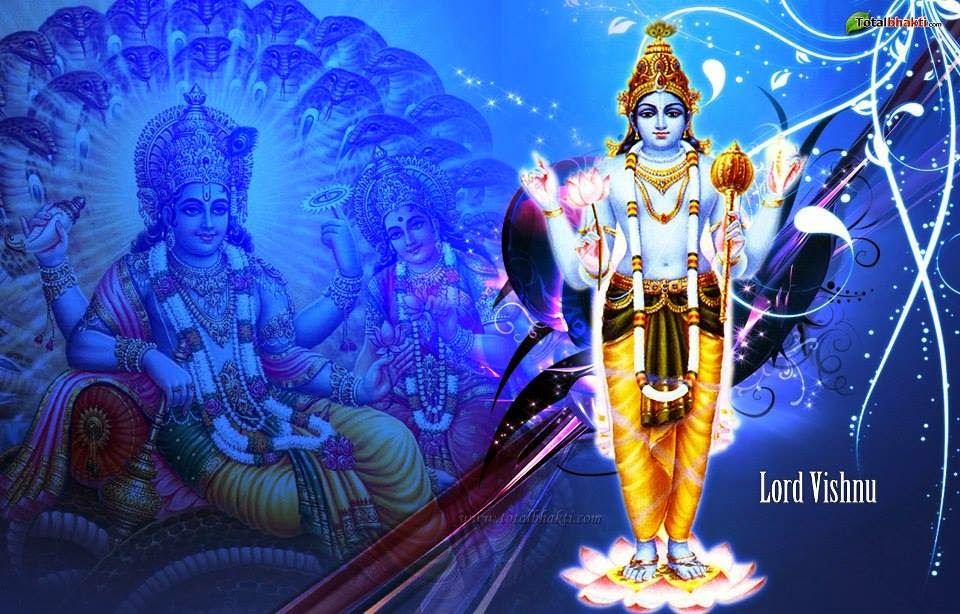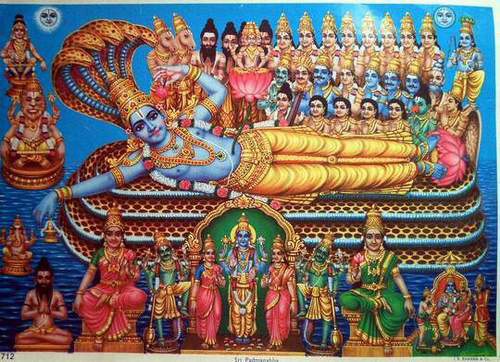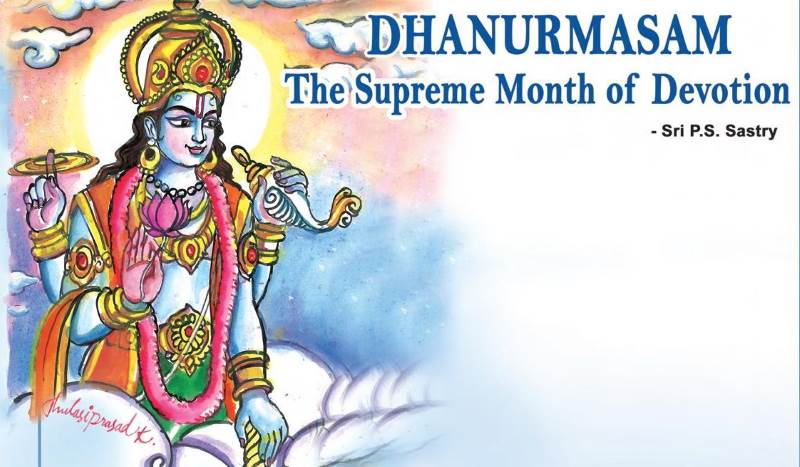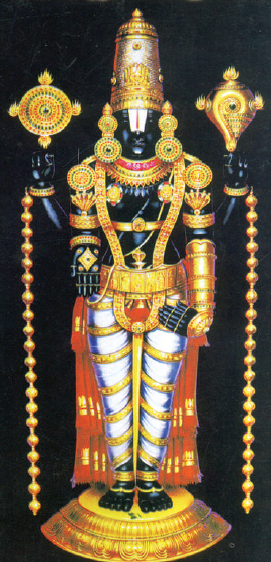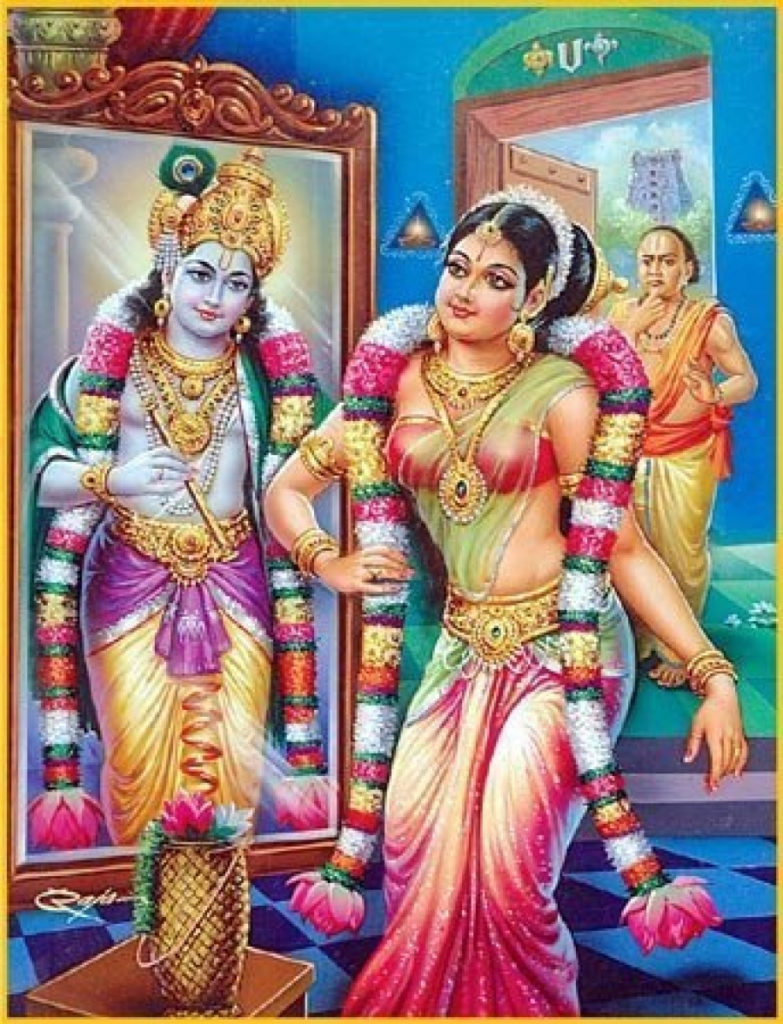Dhanurmasam in Tirumala In Tirumala, every year in the month of Dhanurmasam, it is Sri Krishna and not Bhoga Srinivasa Murthy who listens to the lullaby sung by the descendant of Annamaiah. During this one month Suprabhatam will not be rendered. Instead of Suprabhatam, Andal’s Tiruppavai is rendered. Sri Krishna will be given a bath Read More
Tag: Dhanurmasam
Dhanu, Dhanus or Dhanurmasam is a month in the Hindu calendar, Malayalam calendar and others. It corresponds to the zodiacal sign of Sagittarius, and overlaps with approximately the second half of December and about the first half of January in the Gregorian calendar.
Margasira Ekadasi : Observing the Sacred Fast for Blessings
Mrigasira or Mrigasirsha or Margazhi or Margasira Ekadasi Mrigasira or Mrigasirsha or Margazhi (Tamil) is a significant month among all other months. Margasira is also called as Dhanurmasa. The sun transits through the Dhanur Rashi and the period ends with the Makara Sankranti. Hence it is called as Dhanurmasam / Marghasirsha / Margazhi. It is Read More
Dhanurmasa Vratam
Dhanurmasa Vratam Dhanurmasa Vratam is observed in Dhanurmasam by unmarried girls as they believe that by observing the Vratam, Goda Devi was able to get Lord Ranganatha as her husband. During Dwapara Yuga, Sage Narada tells the gopikas (milkmaids) to undertake “Katyayani Vratam”, to get the blessings of Lord Krishna. During the vratam, Goda Devi Read More
Dhanurmasam – The Supreme Month of Devotion
What is Dhanurmasam In Vedic texts, the ‘Dhanus’ month is called ‘Sahas’. In Sanskrit ‘Dhanus’ stands for a bow. ‘Dhanu’ is also an astrological sign in Indian horoscope systems, corresponding to Sagittarius. It is preceded by the solar month of ‘Vrischika’ and followed by ‘Makara’. It is also called ‘Margali Masam’ in Tamil. Dhanurmasa occurs Read More
Worship of Lord Srinivasa – Dhanurmasam
Lord Srinivasa is worshipped as Lord Krishna During the auspicious month of Dhanurmasam, special rituals are offered to Lord Srinivasa at Tirumala Hill Shrine. For the entire 30 days of Dhanurmasam, Lord Srinivasa is worshipped as Lord Krishna. Silent Thomala Seva During the commencement of Dhanurmasam, at the specified time, Srivaru is offered with special Read More
Dhanurmasam At Tirumala
Dhanurmasam ‘Dhanurmasa’ is considered as highly auspicious for the devotees of Lord Vishnu. The beginning of Dhanurmasa is marked by the transit of the Sun into ‘Dhanur ’ rasi. This is also called ‘Dhanus Sankramana’. According to Sanatana Dharma, Devas wake up early in the morning during this month. They perform special prayers to Sri Read More
